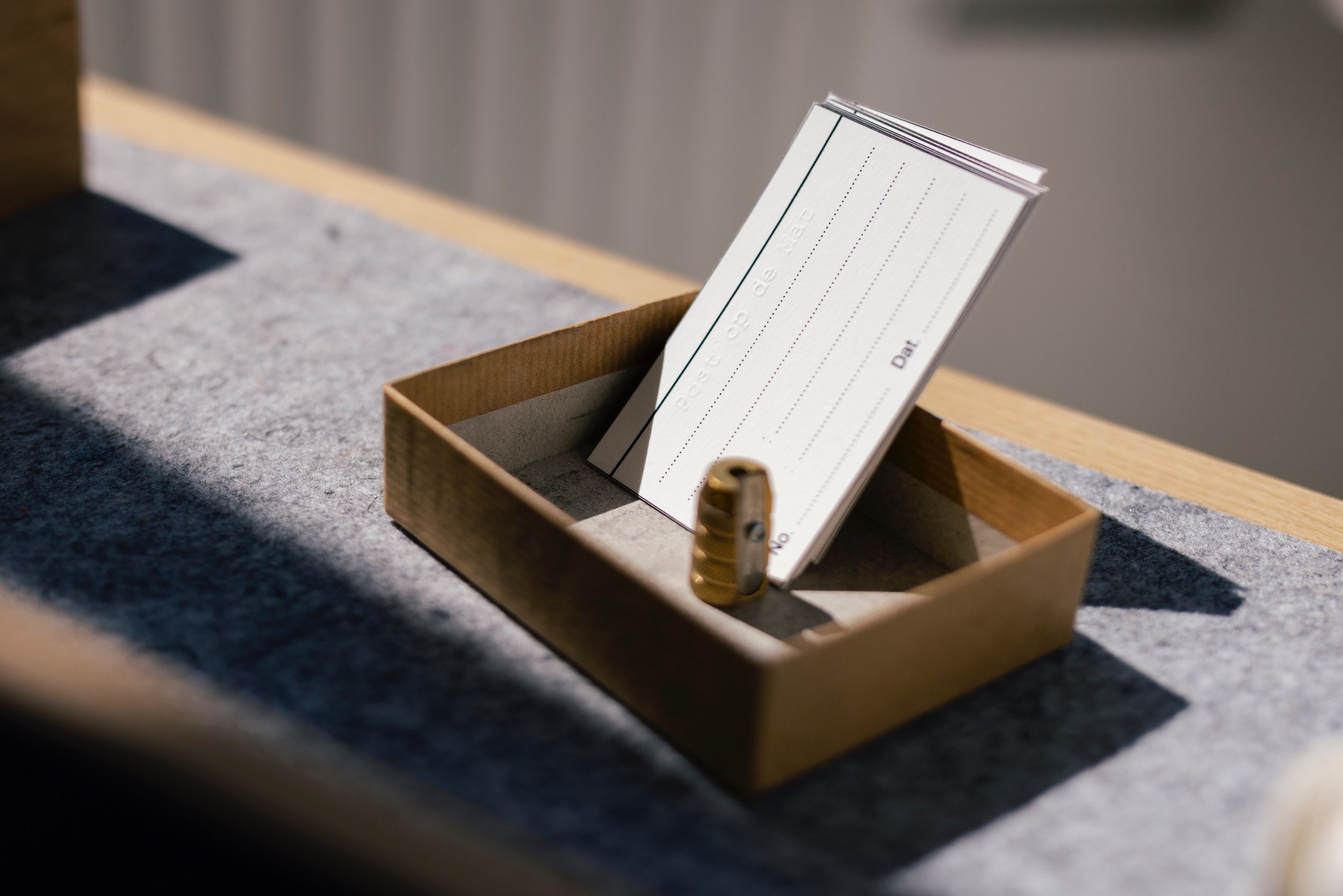In het project Post op de Mat uit 2022 (ondersteund door het Herstelfonds Kunst en Cultuur Limburg) werden mensen, vreemden en vrienden uitgenodigd om deel te nemen aan een open dialoog middels brievenpost. De afgelopen decennia hebben we, mede versterkt door de Covid-19-pandemie, onze communicatie gedigitaliseerd.
Het project Post op de mat bevraagt deze ontwikkelingen en zoekt naar nieuwe verbindingen binnen (en tussen) gemeenschappen door gebruik te maken van een oude correspondentiemethode: brievenpost.
Gedurende een jaar kregen willekeurige mensen die zich voor het project intekenden, elke twee maanden een brief en handgemaakte tekening (gebaseerd op mijn veldregistraties) geschonken als uitnodiging om op te reageren. Zo hebben er ruim een jaar lang uitwisselingen en samenwerkingen plaatsgevonden, waarvan afgelopen jaar tijdens de tentoonstelling SO DI NON SAPERE in De Meldkamer een archief deel gepresenteerd werd.






